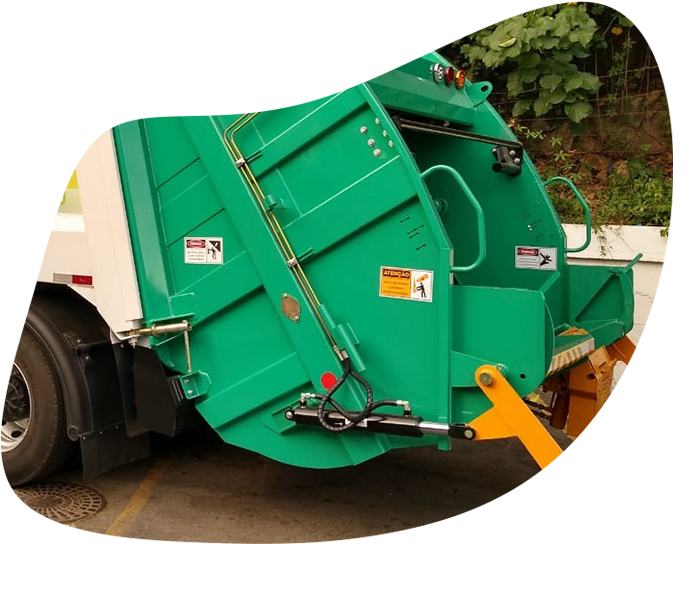Solid-waste treatment
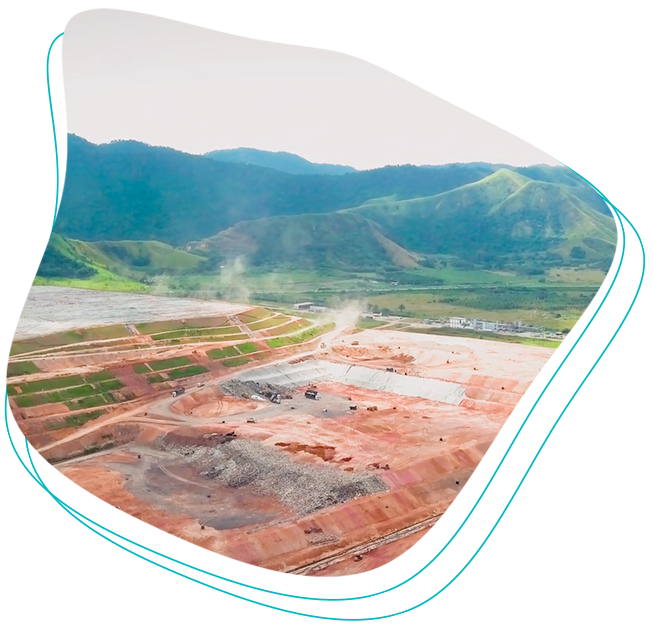
Waste Treatment Center
The CTR Rio was created to replace the old controlled Gramacho landfill and started operations in April 2011, on a 3-million square meter plot of land, located in the city of Seropédica (Rio de Janeiro state).
We planned and executed the environmental project by implementing cutting-edge technology to ensure that there was no contamination of soil or air. Today, the CTR Rio is one of the most advanced treatment centers in Latin America.
Through a concession from Comlurb, the plant receives and treats approximately 10,000 tons of solid waste daily from Rio de Janeiro and from the municipalities of Seropédica, Itaguaí, Mangaratiba, São João de Meriti, Piraí and Miguel Pereira.
To guarantee additional safety for the environment, we waterproofed the landfill's soil with four layers of protection, using clay, GCL (bentonite geocomposite), and a double layer of high-density polyethylene sheets. We also use electronic sensors that can detect anomalies in the waterproofing system.
Through the leachate drains in the bioenergetics landfill, we prevent pollutants from contaminating the soil. Thus, all the leachate generated is sent for treatment at the existing Leachate Treatment Station within the CTR.
The plant also has a network of monitoring wells to assess the quality of groundwater and monitor against possible contamination.
A existência de uma solução como a da Ciclus Rio permitiu o encerramento dos lixões de Itaguaí e Seropédica, além de realizar a recuperação ambiental deste último.
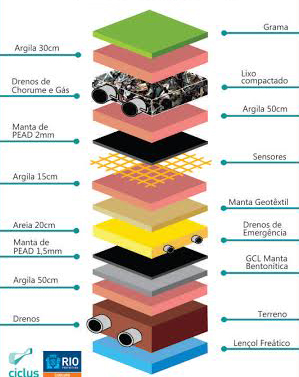
Waste Transfer Stations
The ETRs consist of units used in a logistical operation to receive and transfer waste collected in the city of Rio de Janeiro. The waste is transferred from collection trucks to vehicles with higher transport capacity.
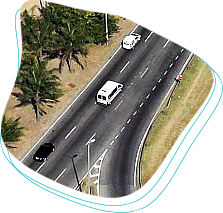
Improved traffic
on public roads;

Reduced gas consumption and thus reduction of environmental impacts;
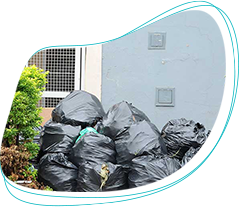
Optimization of the household
waste collection;

Generation of
new jobs.
Currently, there are five ETRs:

Caju:
Receiving capacity of 4,000 t/day, serving the South End of the city, Downtown Rio, and the districts of Bonsucesso, Penha, São Cristóvão, Ilha do Governador, and Olaria;
Marechal Hermes:
Receiving capacity of 1,000 t/day, serving the neighborhoods of Guadalupe, Costa Barro, Acari, Madureira, Cascadura, Coelho Neto, Ricardo de Albuquerque, Vicente de Carvalho, Realengo, Sulacap, Ilha do Governador, Campinho, Vila Valqueire, Penha, Braz de Pina, and Vila da Penha;
Bangu:
Receiving capacity of 3,000 t/day, serving the districts of Realengo, Bangu, Vila Aliança, Vila Kennedy, Campo Grande, Santíssimo, and Padre Miguel;
Jacarepaguá:
Receiving capacity of 1,800 t/day, serving the districts of Cidade de Deus, Taquara, Barra, Recreio, Rocinha, Jacarepaguá, and Anil;
Santa Cruz:
Receiving capacity of 2,900 t/day, serving Campo Grande, Santa Cruz, and Pedra de Guaratiba.
Fleet
Our company has a fleet of 113 trucks, each with a capacity equivalent to four compacting trucks (24 to 31 tons). On average, each truck makes two to five trips a day between the ETRs and the CTR.
